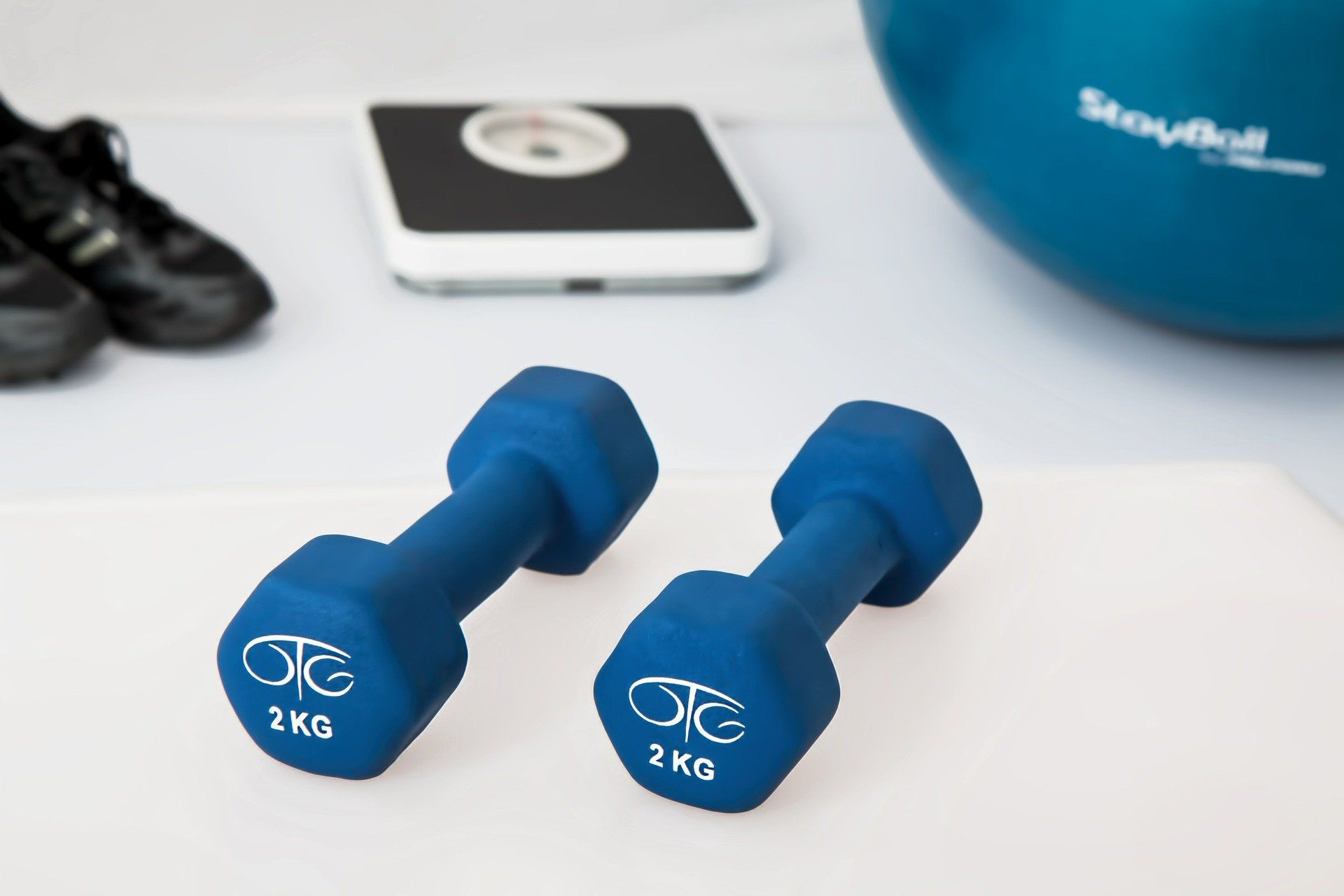Blog Layout
Polycystic Ovarian Syndrome (PCOS) - Nutrition
Sep 06, 2021
Nutrition for Polycystic Ovarian Syndrome (PCOS)
*Trigger warning: mention of eating disorders*
PCOS
is a very common hormonal condition that affects 1 in 10 women. Whilst women are usually diagnosed in child-bearing years, this condition can impact women after menopause as well. Currently, there is no cure but it can be managed through lifestyle changes.
How would I be diagnosed with PCOS?
You must meet any two of the following and be diagnosed by a doctor:
1. Irregular menstrual cycles (less than 21 days apart or over 35 days apart or no cycle).
2. Excess male hormone production, such as testosterone, shown through a blood test.
3. Cysts on the ovaries, as seen on an ultrasound.
When should I consider being tested for PCOS?
Your individual health status should be discussed with your GP, however women can experience any number of the following symptoms (or none at all): excess hair growth, hair loss, skin changes (acne), weight gain, insulin resistance, depression, anxiety, sleep apnoea and fertility issues.
It is important to seek advice from your GP if you experience any of the above symptoms due to the increased risk of type 2 diabetes, cardiovascular disease and endometrial cancer.
Why should I consider thinking about my diet?
Insulin Resistance, Most women with PCOS experience insulin resistance, regardless of body size. However, typically those in a smaller body are less likely to have insulin resistance. Insulin resistance is when your body struggles to let glucose (sugar) to enter your body cells for normal energy production, and so the sugar stays in your blood stream, increasing your blood sugar levels. Diet and exercise can help improve insulin resistance.
Weight Loss, Majority of women with PCOS are living in a bigger body, hence are often told to lose weight to be at a healthy body mass index (BMI). What is important to remember here is that PCOS is thought to lower your metabolism, and can make it more difficult to lose weight. Insulin resistance can also play a part in weight gain. It is important to focus on healthful behaviours, rather than weight loss.
Disordered Eating/Eating Disorders, In a world where diet culture is huge and women are expected to look a certain way, a focus on calorie deficits, fad diets and being slim can result in “disordered eating” (a pre-eating disorder stage). Often we lose sight that food is for nourishing our body with vitamins, minerals, protein, carbohydrates, fats and fibre. Eating well is so important for our physical and mental health, beyond body size. Good nutrition supports improved insulin resistance, heart health, mental health, fertility, bone health, strong muscles, strong immune system and more. There are many studies that link PCOS and eating disorders due to the focus on body size.
What do I eat then?
The basic principles are:
1. Eat mostly whole foods with limited processed foods.
• Eat 2 serves of fruit and ½ plate of vegetables/salad at lunch and dinner – these are rich in antioxidants and fibre.
• Do not restrict processed/fun/”junk” foods as this often leads to eating large amounts of these foods when we ignore our cravings and negatively affects our mental health (after all we are all human).
2. Eat low glycemic index (GI) carbohydrates.
• Low GI carbohydrates do not increase our blood sugar levels as drastically and are high fibre, which feeds our gut to keep us regular (which can be difficult when on your period).
3. Eat unsaturated fats and limit saturated fats.
• Unsaturated fats are found in fish, nuts, avocado and olive oil, that supports our heart health.
4. Eat regular main meals, snacks when hungry and listen to hunger cues.
• Regular breakfast, lunch and dinner provides our body a regular dose of nutrients for optimal physical and mental health.
• Eat till you feel full, not beyond and do not ignore true hunger.
5. Focus on what food provides for our bodies, rather than fitting a “body mould”.
• Remember that every body is different and we do not all fit the same body shape mould. If you are a taller woman, it is more likely you are going to weigh more than a shorter woman. Some women are also curvier than others. And remember, women are supposed to have more fat stores than men, which is to support us with optimal ovulation (we need a certain % of fat to ovulate) to help us fall pregnant when we choose to start a family.
6. Engage in joyful movement (seek advice from an Exercise Physiologist if you don’t know where to begin).
• Exercise because you enjoy it, not for the sake of it. Try yoga, pilates, walks, gym classes, boot camps, dance in your living room… just move!
" I heard that supplements are useful for PCOS, is this true?"
Inositol appears to improve insulin resistance, aid in fertility and lower testosterone levels. The recommended amount is 2-4g per day of myo-inositol (yes there are different types of inositol!). Please discuss options with your GP or a dietitian.
Cinnamon is another option that may help with improving regularity of your menstrual cycle and may improve blood glucose control. The recommended amount is 1-2g per day – just add a teaspoon to your morning porridge, and even if it doesn’t improve your symptoms, it still tastes pretty good.
Magnesium, zinc and omega 3 fats are also beneficial for PCOS, but also general health. If you eat a balanced diet of fruit, vegetables, meats or alternatives, seafood, nuts and seeds, and dairy, you are likely to meet your recommended daily intake of these nutrients and do not need to supplement. Vitamin D is also important, so enjoy some time in the sun, about 5mins a day in Queensland. Use sun protection if longer than this.
If you feel you would like more individualised advice, book today with one of our Dietitians about your diet and an Exercise Physiologist about movement. Please also visit your GP if you experience any of the symptoms listed in this blog article.
If you feel that you may be restricting your eating in a negative way, please consult your GP, Dietitian and/or Psychologist. Contact the Butterfly Foundation Hotline if you need support now on 1800 33 4673.
Share
Tweet
Share
Mail

By Kathleen McCosker (Accredited Exercise Physiologist, Diabetes Educator)
•
26 Nov, 2021
Managing your diabetes is certainly an important aspect of maintaining your health and quality of life, but your goals and interests are very important too. Exercise Physiologists are specially trained in prescribing exercise to achieve your goals and manage your health while considering all aspects of your life, come and visit one of our Exercise Physiologists to discuss the best exercise for you, your life, your goals, and your diabetes. What is Type 2 Diabetes? Type 2 Diabetes is the result of increased insulin resistance and beta-cell impairment. Your pancreas has cells, named beta-cells, that produce insulin which helps your body use and store glucose, the sugar your body gains from the carbohydrates you eat. When you eat carbohydrates, your pancreas makes and releases insulin, which helps your body use and store the glucose (usually known as ‘sugars’) that are contained in carbohydrate foods. This insulin helps your body use the glucose as energy for your brain and muscles, or store the glucose in your muscles and liver to be used later. Without insulin the glucose stays stuck in your blood, which raises blood glucose levels and reduces the amount of glucose your brain and muscles have available to use as energy. In Type 2 diabetes, two areas of this process are impacted. 1. Beta-cell death: The cells in your pancreas that make insulin are overworked and some cells can die. Usually due to years of working too hard to create enough insulin to keep up with high carbohydrate and sugar intake and/or because they were a bit weaker to begin with and became more easily overworked than usual (due to family history and genetics). 2. Insulin resistance: Your body needs more insulin than usual to get the glucose out of your blood and into cells where it can be used as energy or stored for later. This puts stress on your body to produce more insulin than it usually would and often leads to further beta-cell death. These two processes cause ongoing problems, because as your insulin resistance gets worse and you need more insulin to do the same job, your cells get more and more overworked trying to keep up with your bodies demand. How does exercise help? As you exercise your heart rate increases and pumps your blood around your body more rapidly, this increase in blood flow helps deliver the glucose in your blood to your muscles, so it is pulled out of your blood more quickly than usual. Within your muscle cells there are transporters that move the glucose from your blood into your muscle cells to be used, some of these cells are powered by insulin, but some of these transports are powered by exercise. So, as you exercise, your cells have access to both the insulin and exercise transporters to get the glucose out of your blood and into your muscles, enabling much more glucose than usual to be moved out of the blood. Once you have moved your body and muscles, your muscles need to replenish their energy supplies again. To do this, a large amount of glucose is taken out of your blood and stored in your muscles, ready for the next time exercise is completed, taking this glucose out of your blood reduces your blood glucose levels. Replenishing the glucose stores in your muscles is also beneficial for preventing weight gain because if more glucose is stored in your muscles, less if left over to be stored as body fat in your adipose tissue. As your exercise more regularly and get fitter your body becomes more efficient at storing glucose and can store much more in your muscles than previously. However, this does not increase forever, and you must continue physical activity regularly to maintain your improved ability. What type of exercise is best? To choose the best exercise for you it is important to consider all the other aspects of your life and health, because you are much more than just your diabetes diagnosis. Exercise should be focused on improving your health and wellbeing, making you feel stronger, increasing your independence and ensuring you can continue to complete all the activities you enjoy throughout your lifespan

By Better Movement Clinic Podiatrist
•
09 Nov, 2021
In-toeing or pigeon-toed is a very common walking pattern in young children. As they walk their toes turn inwards ‘like a pigeon’. This type of walking is commonly seen in children between the ages of 2 years old and 7 years old. A lot of the time, in-toeing at these ages isn’t cause for concern as it can be a very normal part of your child’s development. However, this isn’t always the case. If your child is in-toeing and you notice the following: Excess tripping and/or clumsiness Fatigues very quickly Wants to be carried all the time Can’t keep up with other children their age Wears through footwear very quickly Is over the age of 7 Is excessively in-toeing and it doesn’t just look quite right We do recommend that you see a health professional. Our podiatrist can assist you with any of the above concerns you may have or if you just want to get a check up on your child’s feet, we are here to help. Contact the Toowoomba clinic today on 4632 7024 or 4662 2855 for our Dalby clinic.


